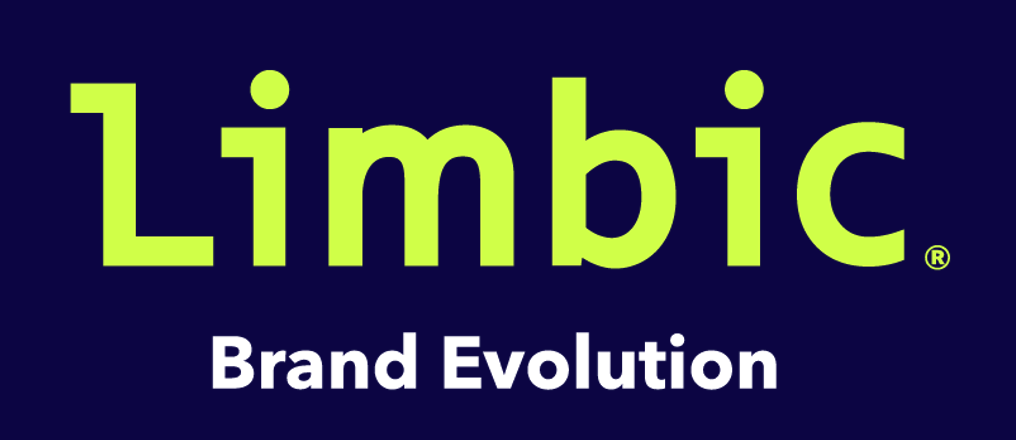What’s the Role of AI in Consumer Research? Humanity in Branding Series
The hype about what AI can and can’t do (well) is growing every day.
There’s a Threads account that has been showing up in my feed called ChatGPT Prompts Pro with post headlines that have been giving me a good laugh. Just in the last few days…
CHATGPT is a creative director in your pocket
CHATGPT can analyze any trend and tell you what to do next
CHATGPT can teach you how to think like a CEO
CHATGPT makes you a copywriter in seconds
CHATGPT can help you build confidence
I’m laughing. I hope you’re laughing. But this account has 84.4k followers!!
When it comes to using Artificial Intelligence, I urge you, beware of shortcuts and please don’t believe the hype.
Instead, say to yourself, in your best Steve Urkel voice, “Can AI Do That?”
I have no doubt that AI is here to stay. We know it will improve over time and create vast amounts of efficiency across many industries. However, in most cases, it is only a tool to aid, not to replace, human activity.
That’s why I started the Humanity in Branding series of interviews with Brandingmag.com – to explore the benefits and drawbacks of AI from the perspective of experts from various fields.
See Also: Is AI Driving or Hindering Your Customers’ Trust? Humanity in Branding Series
To learn more about the impact of AI on consumer research, I interviewed Michell Niedziela for the second interview in the series. Michelle is a PhD Neuroscientist and Behavioral Science Consultant.
One thing Michelle said stands out to me as an overarching theme when it comes to AI – “When we put too much trust in the technology, we oversimplify the human, and we end up disappointed with the results.”
Michelle reveals insightful details about the opportunities and drawbacks of AI in customer research.
We discussed:
→ The importance of pairing new technologies with a deep awareness of cultural context, emotional expectations, and individual preferences.
→ The fact that AI excels at “what” and “how” but still struggles with “why.”
→ Examples of brands that are successfully incorporating AI into their brand experiences through transparency, authenticity, and honesty.
Michelle also said this:
“Humanity in consumer work isn’t just about data or trends. It’s about storytelling and creating meaningful experiences that resonate with consumers on a deeper and often more complicated level.”
“True consumer insights still require context, critical thinking, and an empathetic approach to interpreting the data. There’s no magic formula—just good science paired with human intuition.”
“Successful brands recognize that AI is not a one-size-fits-all solution. Instead of using it solely for efficiency, they focus on blending automation with personalization, emotional resonance, and trust… They understand that the consumer experience isn’t just about convenience but also about making people feel seen and understood.”
Her advice when it comes to bringing AI into branding:
“Don’t forget the basics. Clients are surprised to find that my intro lectures often focus on the theory of emotion—the “basics”— to use these new tools smartly, we have to first understand how humans work.”
This interview is loaded with a thoughtful balance of information – the good and bad – about the use of AI in consumer research and brand experiences.
I encourage you to check out the full interview, Humanity in Branding: What’s the Role of AI in Consumer Research? from Brandingmag.
Featured Articles & Podcasts





